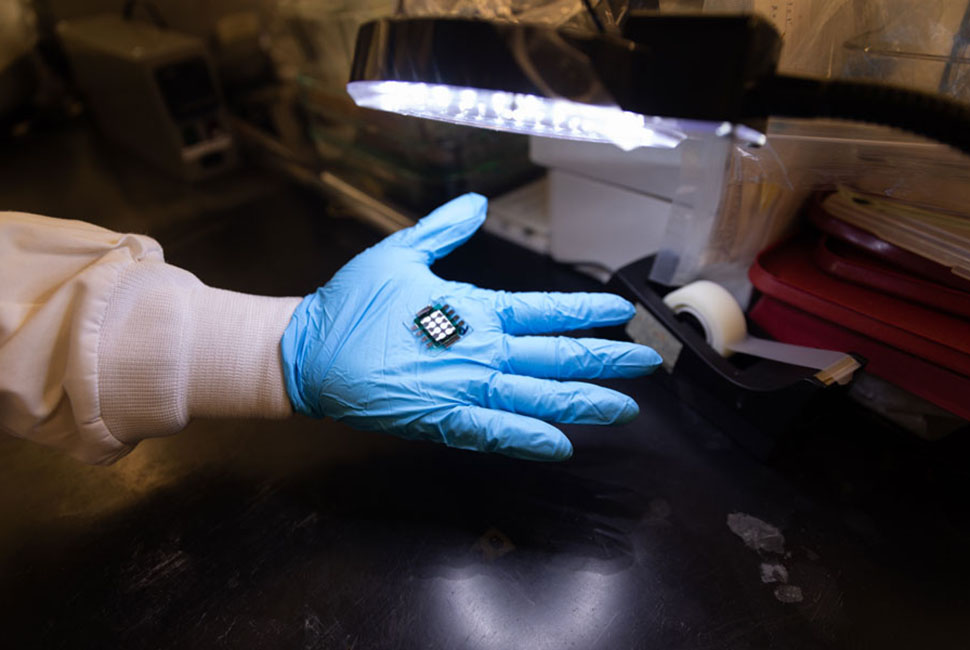NRELのグリッドアナリスト、Nadia Panossianが電気自動車の超高速普及の研究から得た知見を発表 NREL Grid Analyst Nadia Panossian Shares Insights From Studying Super High Adoption of Electric Vehicles
2022-11-16 米国国立再生可能エネルギー研究所(NREL)
NRELでは、これまでの研究を発展させ、長距離EVの高い普及率、DERを多く含む大規模な配電試験システム、より高度なEV充電制御方法について検討している。
<関連情報>
- https://www.nrel.gov/news/program/2022/strategic-planning-could-avoid-costly-upgrades-maximize-benefits.html
- https://link.springer.com/article/10.1007/s40518-022-00201-2
配電システムにおける電気自動車統合の課題と可能性 Challenges and Opportunities of Integrating Electric Vehicles in Electricity Distribution Systems
Nadia Panossian,Matteo Muratori,Bryan Palmintier,Andrew Meintz,Timothy Lipman & Keith Moffat
Current Sustainable/Renewable Energy Reports Published:31 May 2022
DOI:https://doi.org/10.1007/s40518-022-00201-2

Abstract
Purpose of Review
Increased charging needs from widespread adoption of battery electric vehicles (EVs) will impact electricity demand. This will likely require a combination of potentially costly distribution infrastructure upgrades and synergistic grid-transportation solutions such as managed charging and strategic charger placement. Fully implementing such strategic planning and control methods—including business models and mechanisms to engage and compensate consumers—can minimize or even eliminate required grid upgrades. Moreover, there are also opportunities for EV charging to support the grid by helping solve existing and emerging distribution system challenges associated with increasing distributed energy resources (DERs) such as solar generation and battery energy storage. This paper reviews the potential impacts of EV charging on electricity distribution systems and describes methods from the literature to efficiently integrate EVs into distribution systems.
Recent Findings
Recent work has begun to extend beyond earlier efforts with limited adoption, simple controls, and mostly plug-in hybrid EVs and short-range EVs to look at high adoption rates of long-range EVs, larger distribution test systems, and more advanced EV charge control methods. In addition, increased interest and viability of higher power charging have prompted several studies showing how adverse impact from EV charging on electricity distribution systems can be exacerbated by high-power charging levels and concentrated EV adoption in certain areas. There has also been considerable recent effort to look at bulk transmission-level impacts of widespread EV adoption, which often includes a brief mention of distribution concerns, while also highlighting EV-distribution interactions as a key need for future work.
Summary
The additional loads from widespread EVs could require costly upgrades to maintain distribution system reliability; however, careful planning and advanced operations strategies can reduce or eliminate such upgrade needs. Moreover, EV charging infrastructure can also support grid stability and improve distribution systems especially when paired with distributed solar, storage, or when equipped with smart charge management and grid-interactive support. Previous studies have found that impacts of unmanaged charging include limited load hosting capacity, transformer and line overloads, and voltage and power quality degradation. Past studies have also explored a wide range of opportunities to mitigate these impacts, including traditional upgrades, enhanced controls, and market design. However, the smaller-scale of most past studies limits their ability to capture impacts and opportunities introduced by managed EV charging, regional-scale movement of EVs, and more widespread EV deployment. With accelerated EV adoption driven by sustained technology progress, policy support, and rapid charging infrastructure deployment, it will become increasingly important to capture entire regions, rather than a single or a few feeders; to advance theoretical control developments to be simulated against more realistic and diverse distribution systems and to advance to widescale field deployments; and to develop more holistic approaches which incorporate EV charging alongside a variety of distributed energy resources. This will require enhanced collaboration across multiple disciplines to develop cost-effective and reliable solutions for the combined mobility and electricity systems of the future.



